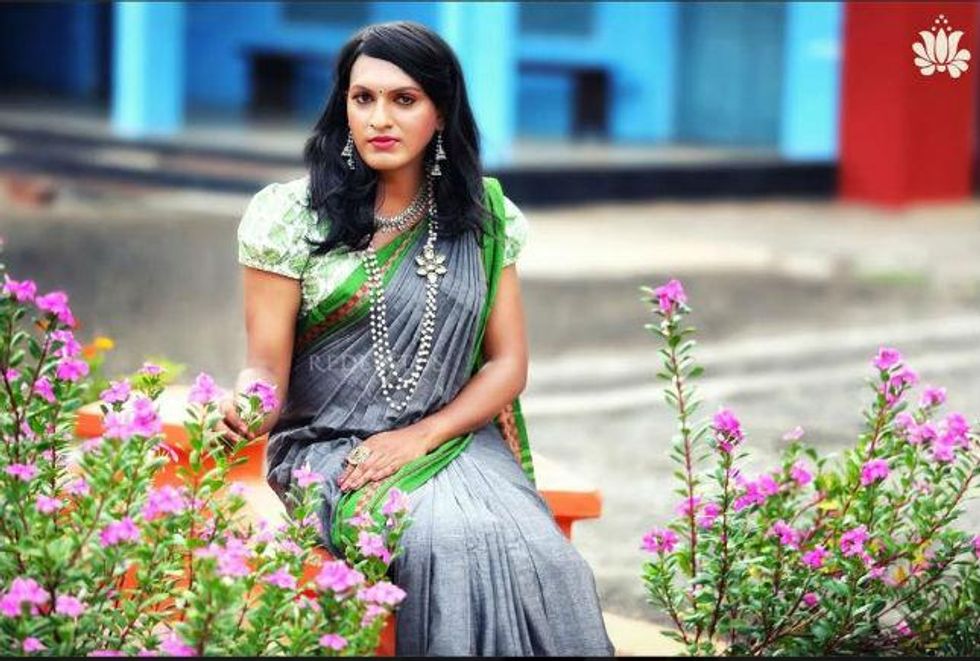News
Narjas Zatat
May 29, 2016

The rights of transgender men and women is a hotly debated topic in the West, and while Caitlyn Jenner may have thrust the issue into the mainstream, India has a rich cultural and religious history of its own transgender community - the hijras.
The state of Kerala unveiled its new transgender policy – the first of its kind - late last year in an effort to end the social and economic stigmatisation of transgender people in India.
The policy covers equal access to services, economic opportunities and right to equal treatment under law.
Sharmila Nair, a 24-year-old fashion designer, decided to ask transgender women to model her clothes.
Can you explain your campaign and why you're doing it?
Picture: Sharmila NairAbout a year ago I promoted Red Lotus, an online platform for sarees, with the focus on natural cottons and silks... I started off by visiting communities of specialist weavers in South India and procuring my requirements directly from them [and] my client base grew wider, I used professional models to showcase the collections.
And then it suddenly struck me after seeing a government policy passed by the Kerala [government] for transgenders... Transgenders are women too. They too wear sarees. Why not use a couple of transgenders to model for Red Lotus? That way, I could bring out their issues into focus as well, just as I had done with the weavers earlier.
How did you come to know the models?
It was after almost a month of searching and researching that I came across Maya, aged 29 and Gowri, 29.
They were shy. They bore scars of humiliation and psychological torture. When they opened out their experiences, my heart cried not only for them, but for the entire community. I felt the whole exercise should not be restricted to a mere photo-op but should extend beyond... Into an initiative that would bring the issues of a marginalised gender into social focus.
What was the reaction when you decided to use the two models?
When I initially set out to feature the two transgender models, I was expecting some resistance or even adverse reaction from the society as a whole.
But my fears were misplaced... our society is far more enlightened and the response has been overwhelming.
It was their plight in contemporary society as the 'in-between people', a third sex that is looked down upon with contempt, that prompted me to feature them as my models.
[I want to] to show to the world that they too are beautiful; and to impress upon themselves that they too had wings to fly.
Picture: Sharmila Nair
More: These portraits of people who identify as India's 3rd gender group are stunning
More: Transgender woman explains what she wishes she'd known before surgery
Top 100
The Conversation (0)

















